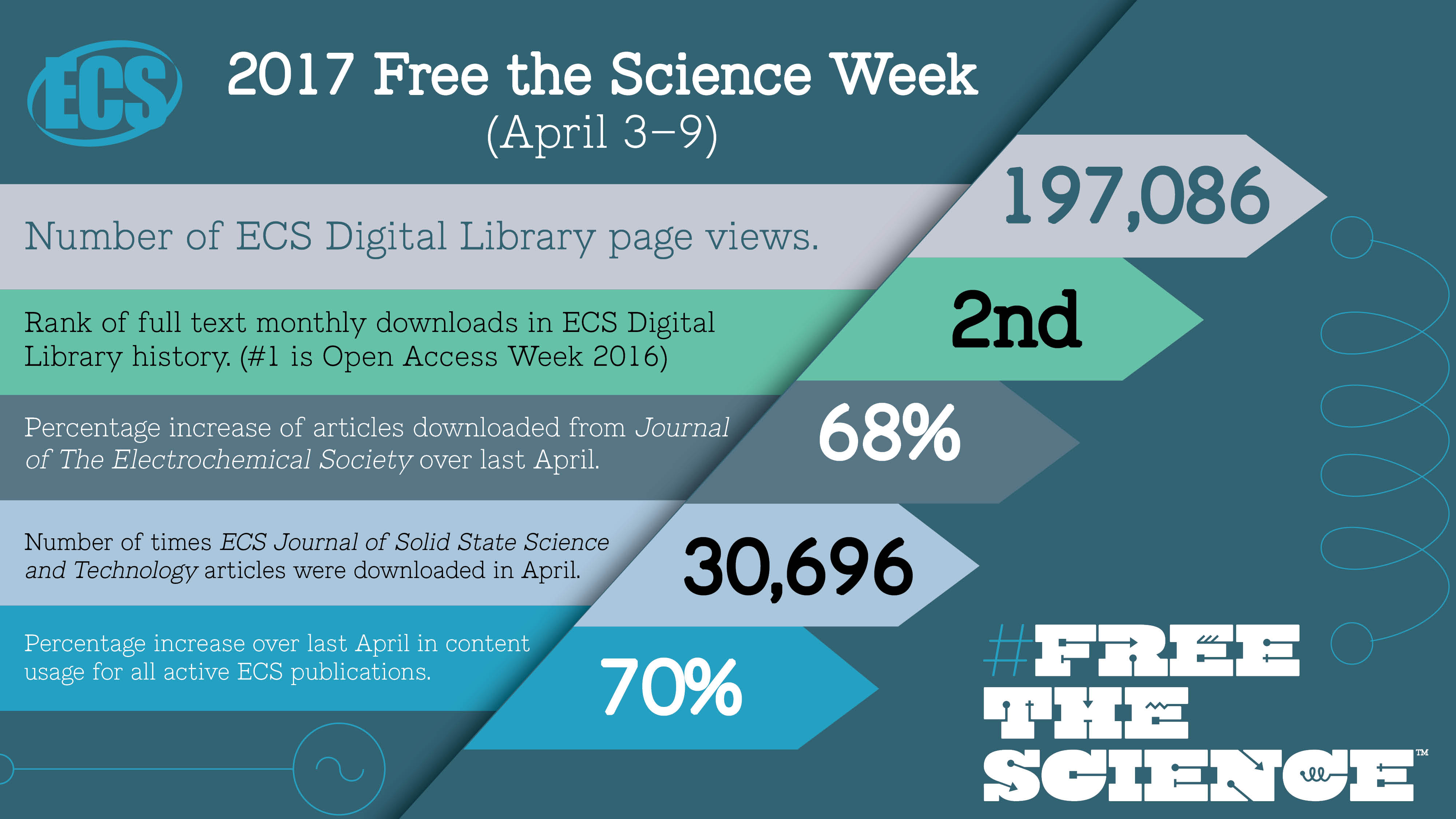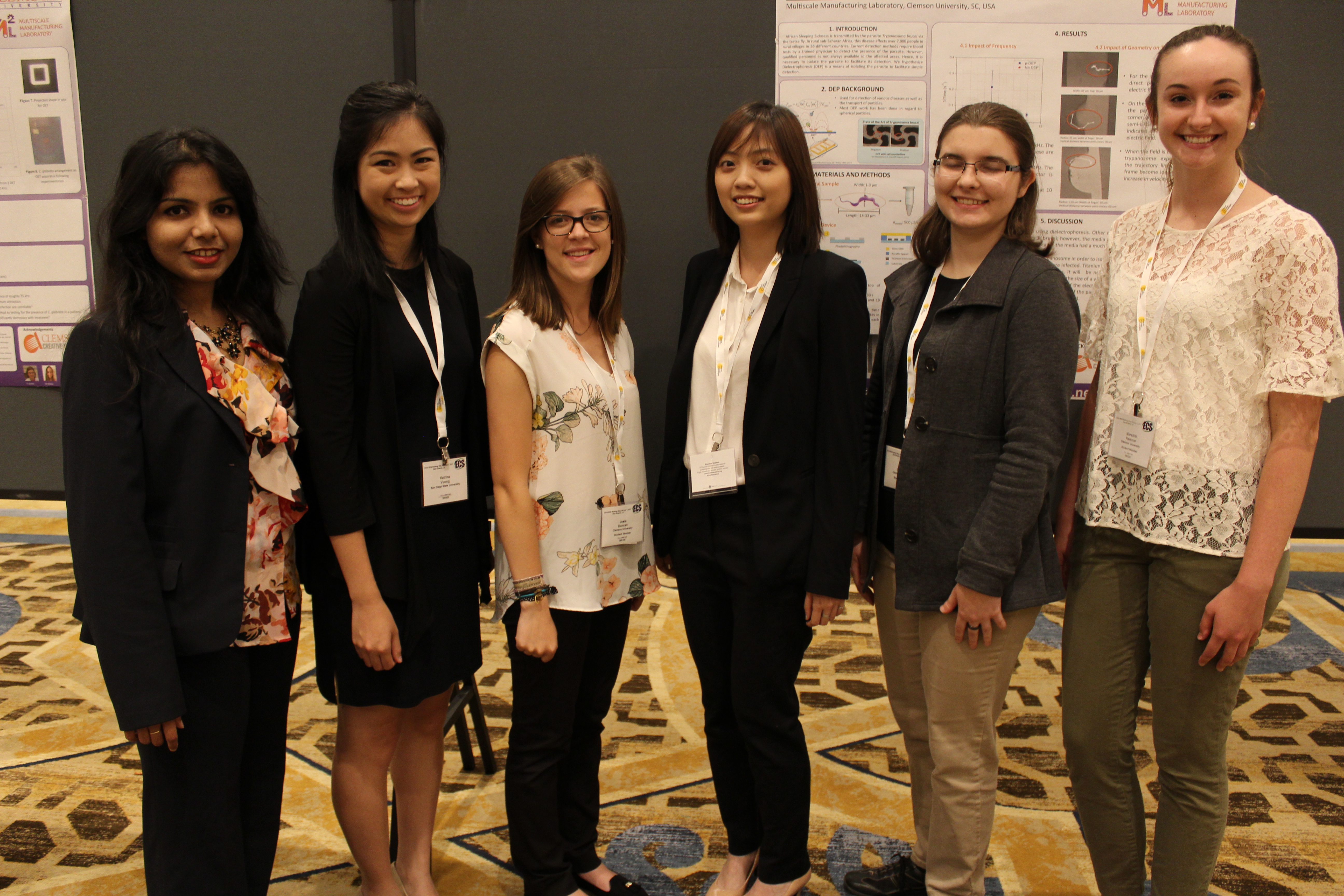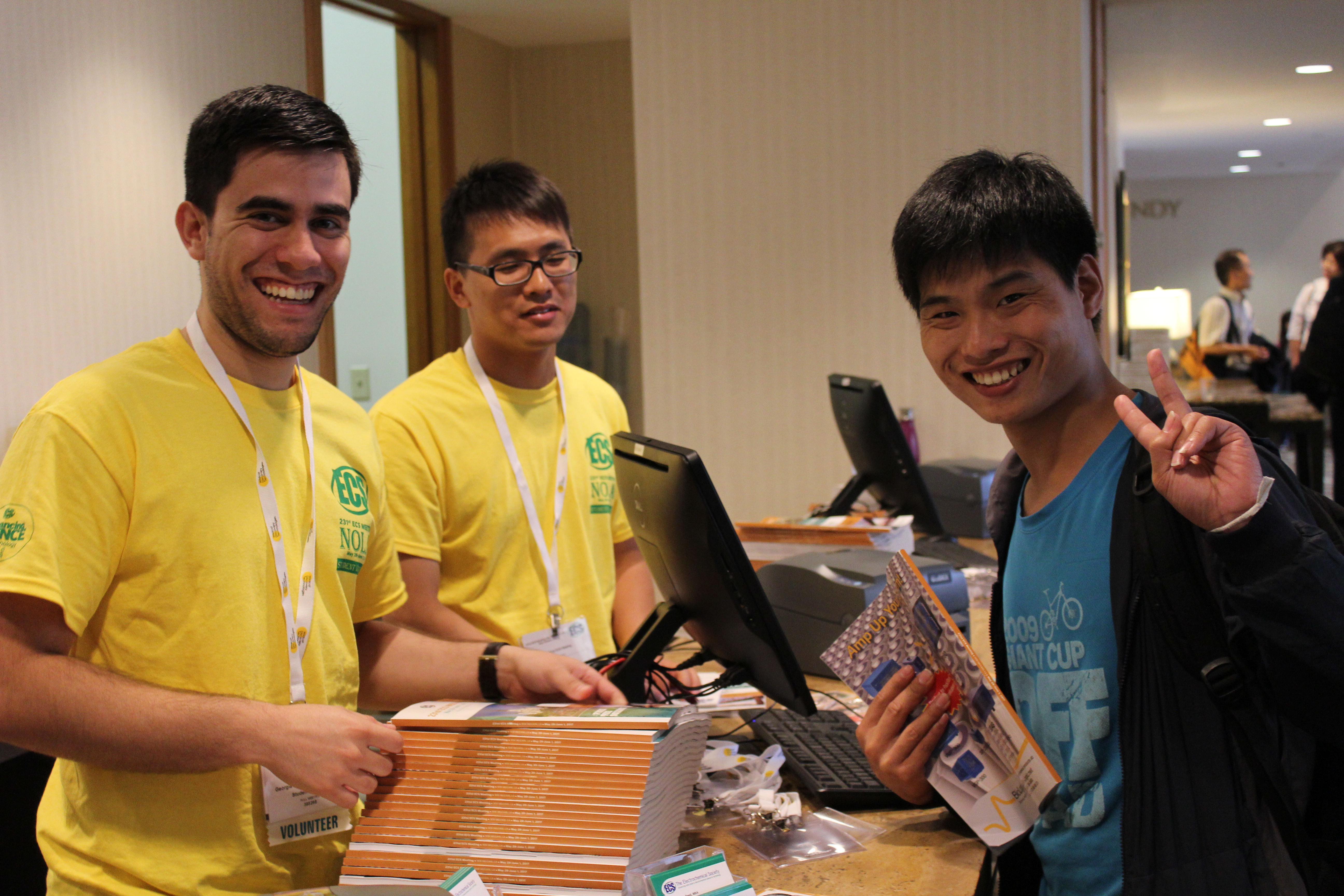
Student volunteers Alexander Limia (left), Georgia Institute of Technology and Xinyou Ke (center), Case Western Reserve University assist a meeting registrant.
Since its establishment in 2016, ECS’s student volunteer program has helped provide unique opportunities to young researchers in the field while offering complimentary meeting registration. During the 231st ECS Meeting, more than a dozen students from around the world took part in the student volunteer program, working to assist ECS staff in executing a successful meeting while opening new networking and engagement opportunities.
“The highlight of my volunteer experience was helping at the registration booth,” says Julie Anne del Rosario, PhD student at the University of the Philippines Diliman. “I got to do my volunteer work and at the same time meet more people going to the conference. Being a familiar face during the conference helped me start conversations with peers and colleagues.”
Benefits of the program include unique networking opportunities with meeting attendees, symposium organizers, and ECS staff while gaining a behind-the-scenes look into ECS meetings, learning how registration operates, technical sessions run, and how major meeting programs are facilitated.
“I got to see a glimpse of how to manage a large conference such as an ECS meeting,” del Rosario says. “That experience is beneficial to me as our group is also about to organize a symposium.”


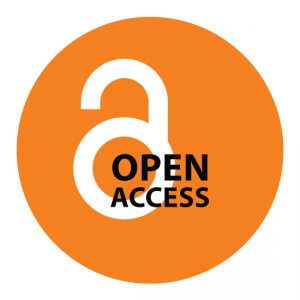 Recently there has been a spate of comment expressing frustration about the allegedly slow progress of open access, and especially Green open access. It is hard to disagree with some of this sentiment, but it is important that frustration not lead us into trying to solve a problem with a worse solution. The key, I believe, to making real advances in open access is to walk away from the commercial publishers who have dominated the market for scholarship. Only if we do that can libraries free up money from our collection budgets to do truly new things. A new business model with the same old players, even if it were possible, would be a mistake.
Recently there has been a spate of comment expressing frustration about the allegedly slow progress of open access, and especially Green open access. It is hard to disagree with some of this sentiment, but it is important that frustration not lead us into trying to solve a problem with a worse solution. The key, I believe, to making real advances in open access is to walk away from the commercial publishers who have dominated the market for scholarship. Only if we do that can libraries free up money from our collection budgets to do truly new things. A new business model with the same old players, even if it were possible, would be a mistake.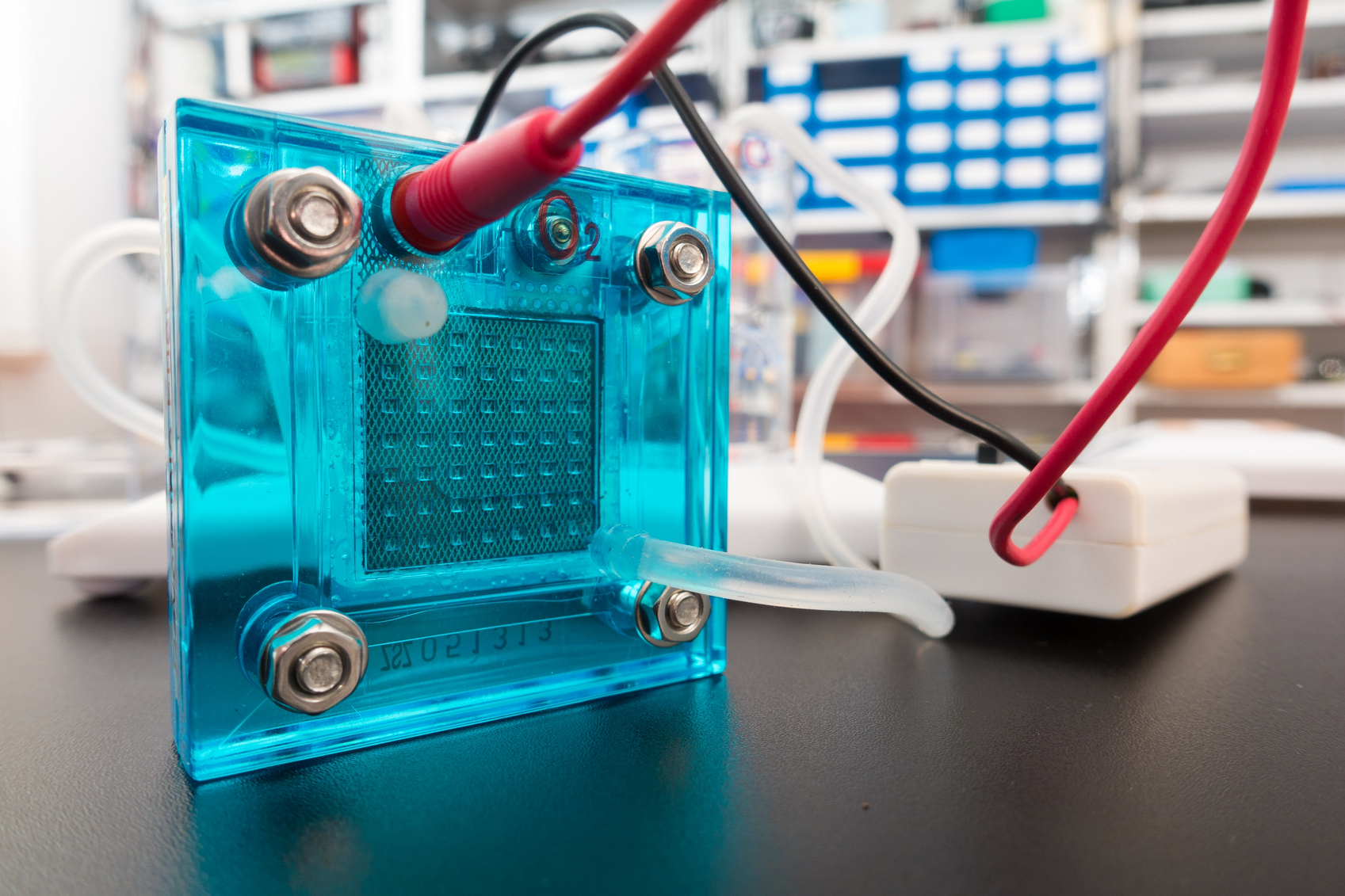 Researchers from Purdue University are making headway on solving issues in electrolyzers and fuel cell development by gaining new insight into electrocatalysts.
Researchers from Purdue University are making headway on solving issues in electrolyzers and fuel cell development by gaining new insight into electrocatalysts.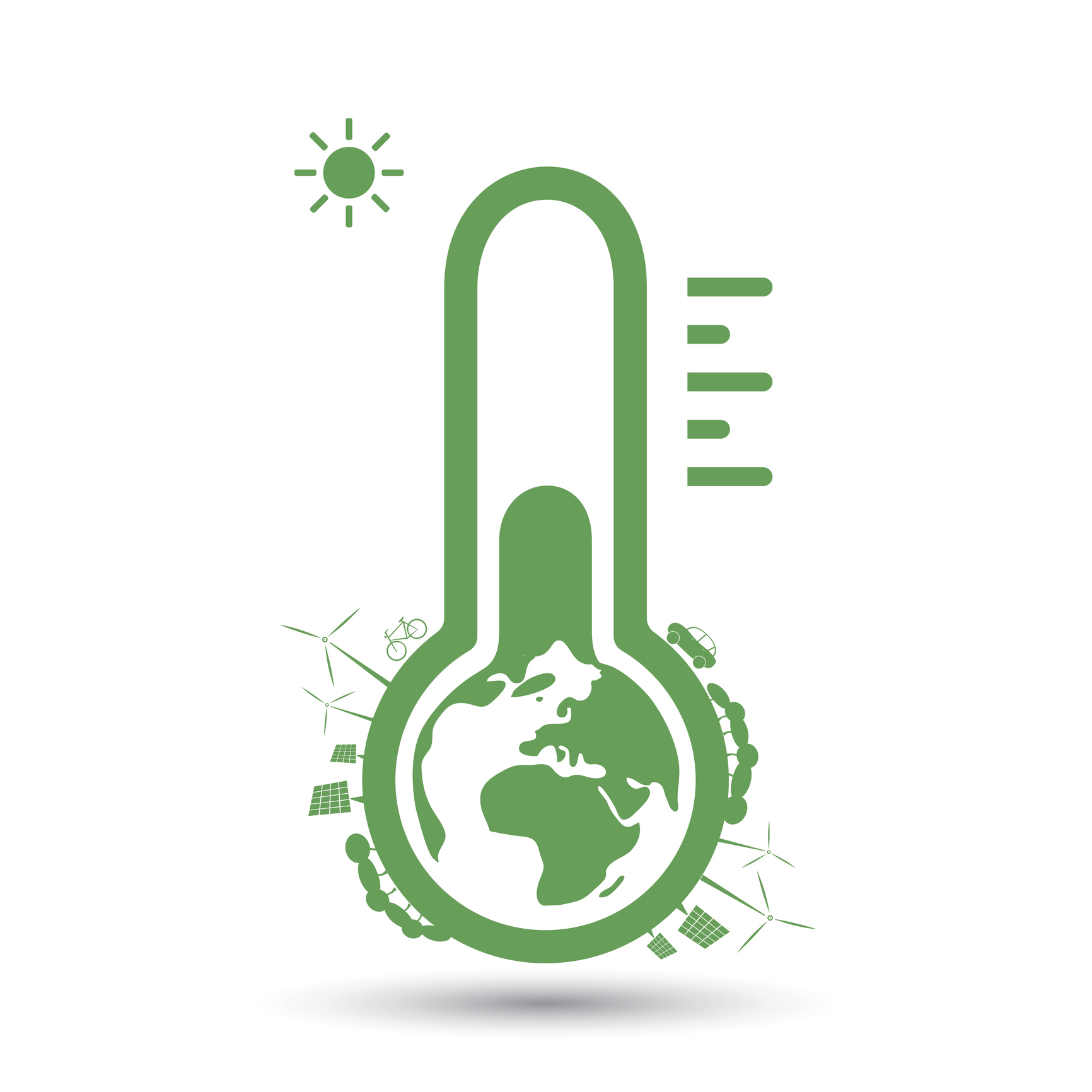 Assuming that the deployment of carbon removal technology will outpace emissions and conquer global climate change is a poor substitute for taking action now, say researchers.
Assuming that the deployment of carbon removal technology will outpace emissions and conquer global climate change is a poor substitute for taking action now, say researchers.